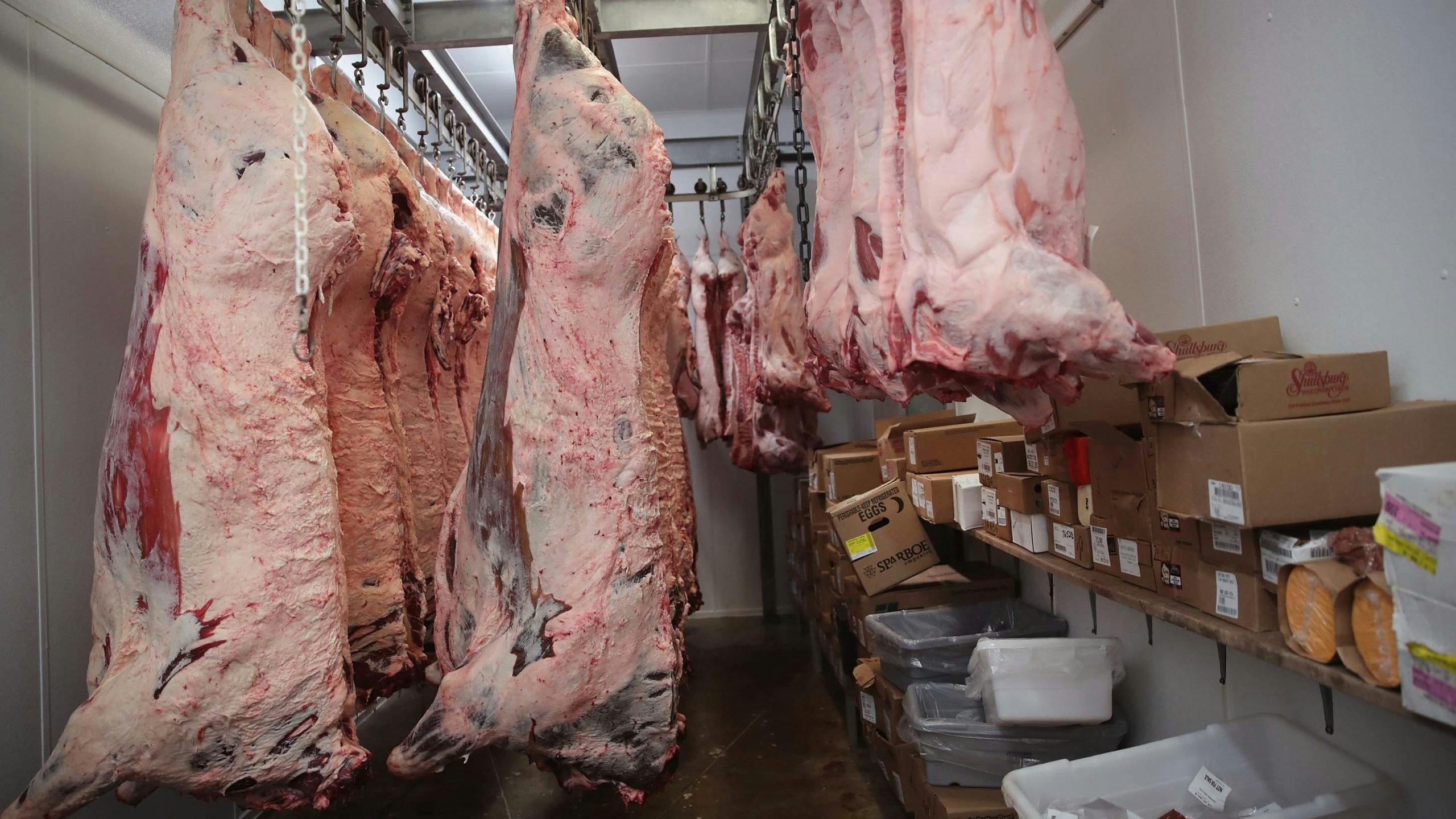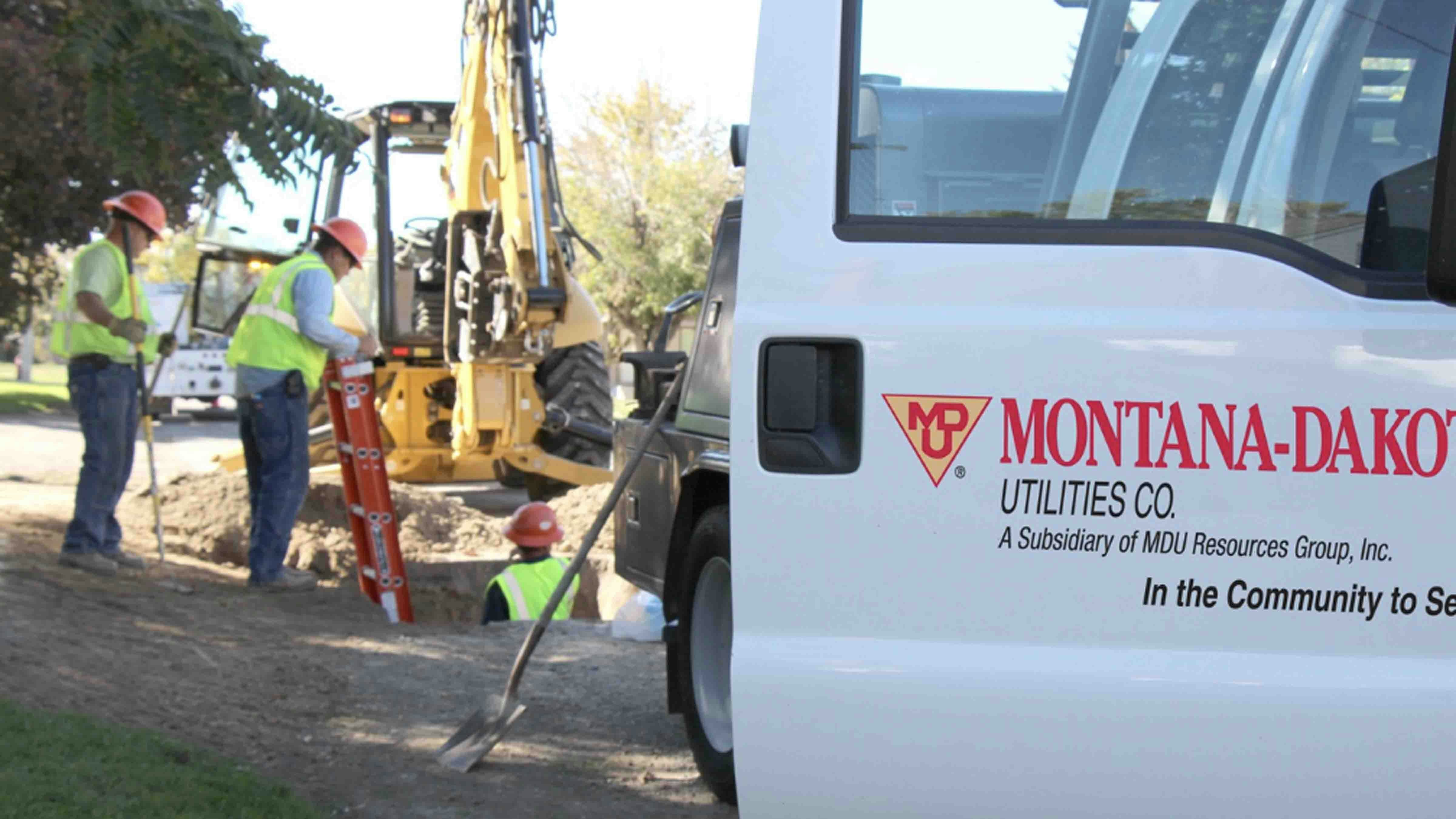Cheyenne may become home to a $1.1 billion meat processing facility, a boon for the city and state’s overall economy, by perhaps not so much for Wyoming’s smaller ranchers.
Cheyenne Mayor Patrick Collins mentioned the potential in his most recent weekly update and, asmuch buzz as the news generated across the state, Wyoming ranchers say it may not be much benefit for them.
Collins said today the company considering Cheyenne for a huge capital expenditure is looking to buy about 400 acres for the facility, which would process about 8,000 animals a day. A quarter of those would be buffalo and the rest beef.
When fully operational, the plant will employ about 2,500 people.
Branding Wyoming
Jim Magagna, executive director of the Wyoming Stockgrowers Association, had a tepid response to the news.
While the state needs more processing capacity, Magagna said a plant that size would dilute the marketability of Wyoming beef.
In 2018, Wyoming ranked 24th the nation in number of cows, with 1.32 million cattle and calves in producers’ inventory. For comparison, Texas, which was No. 1 spot, 12.5 million of the critters.
Magagna said producers in Wyoming are trying to brand Cowboy State beef to hit the premiums that make small cattle operations here economical.
“It’s hard for me to envision a plant that has the capacity that’s being talked about here that you can maintain that identity,” Magagna said.
In other words, many Wyoming ranchers supply niche markets in butcher shops and high-end restaurants rather than filling Wal-Mart meat cases.
State Sen. Ogden Driskill is a sixth-generation Wyoming rancher and his family owns the Campstool Ranch at the foot of Devils Tower. It’s a fairly large operation for Wyoming, and while they sell to small shops and upscale restaurants, they do some processing with JBS Foods in Greeley, Colorado.
“The beef that comes out of Wyoming is defined as the best in the world — not just West, but in the world. It truly deserves to have special marketing and packaging, and it should bring premium prices,” Driskill said.
Processing Capacity
Driskill said it would be a positive thing if the company behind the proposed plant were outside the big four packers — JBS, Tyson, Cargill and National Beef — which process about 80% of the beef in America.
With more competition, the large packers would have to bid for Wyoming beef, Driskill said.
“Right now, they don’t do that. They basically set the markets and tell us what we’ll take,” he said.
Collins declined to name the company showing interest in Cheyenne, but Western Legacy has been floating the idea of building a $1.1 billion plant that employs 2,500 people in Rapid City, South Dakota.
Meating Place, an industry publication for the red meat and poultry processing industry, reported that Western Legacy is considering other locations than just Rapid City.
In February 2020, the Wyoming Business Council published a study on Wyoming’s meat processing capacity that estimated the total annual processing in the Cowboy State to be a little more than 21,000 animals per year. The proposed Cheyenne plant would, if it became a reality, do that in a few days.
Magagna said that thanks to some federal money, about a half dozen small processing plants have come online in the past couple of years, which have helped ease some of the wait times at processors, which sometimes book months in advance.
“We’re interested in seeing something on a larger scale, but we certainly had not thought of anything on the scale of what this [proposed Cheyenne] plant would be,” Magagna said.
At 2.9 million cattle processed per year, the proposed plant would primarily be processing cattle from out of state.
“They’re going to come from Colorado, Oklahoma and Nebraska. They’re going to have to come from a lot of different places in order to be able to put that many critters into a facility on a daily basis,” Collins said.
Other Challenges
Collins said the plant as it’s been presented in informal conversations he’s had with company representatives would not have keep animals outside. They would come in on trucks and go right into processing. This would alleviate the odors that often pour off of large slaughtering operations.
He said the electricity demand of the plant wouldn’t be too difficult for Black Hills Energy to meet, but water is a different story.
At an estimated 3,000 acre feet of water per year, it would take a big chunk of Cheyenne’s future water resources. That’s the amount of water it would take to flood 3,000 acres a foot deep — nearly 1 billion gallons.
Cheyenne now is allotted 22,000 acre feet of water a year, and the city uses up 14,000, Collins said. The plant would take up 38% of the surplus, which would leave a lot less available for the future growth.
Job Creation
The company told Collins that the plant, once fully ramped up, would employ some 2,500 people. While it would create a lot of employment opportunities in Cheyenne, it also would place a lot of demands on city housing and other services.
Even if all those questions could be answered, the company would need to get federal permits from the USDA to sell beef outside Wyoming. As with all federal permitting, that would be a long process.
Collins stressed the company so far has simply floated the idea and hasn’t made any formal commitments or requests.
“Literally, I’d had one meeting with them and I just recorded what I learned,” he said. “And that’s it. I’ve had no other contacts.”





